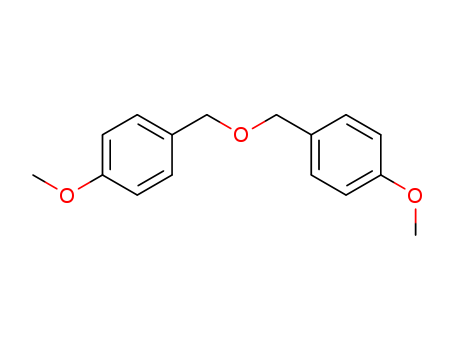10.1016/S0040-4039(03)00282-X
The study presents an efficient method for the formation of para-methoxybenzyl (PMB) ethers using trichloroacetimidate of PMB alcohol and lanthanum triflate. The PMB group is widely used as a protecting group for alcohols due to its robustness under various chemical conditions. The authors explored different catalysts and solvents to find milder conditions for the protection of alcohols, especially those sensitive to basic conditions. They discovered that lanthanum triflate, among other metal triflates, is highly effective in catalyzing the formation of PMB ethers, allowing for high yields and short reaction times. The study tested various alcohols, including α-hydroxy ketones, glucose derivatives, and acid-sensitive epoxy alcohols, demonstrating the versatility and mildness of the method. The use of lanthanum triflate enabled the protection of even sensitive substrates under low-temperature conditions, highlighting its potential for practical applications in organic synthesis.





